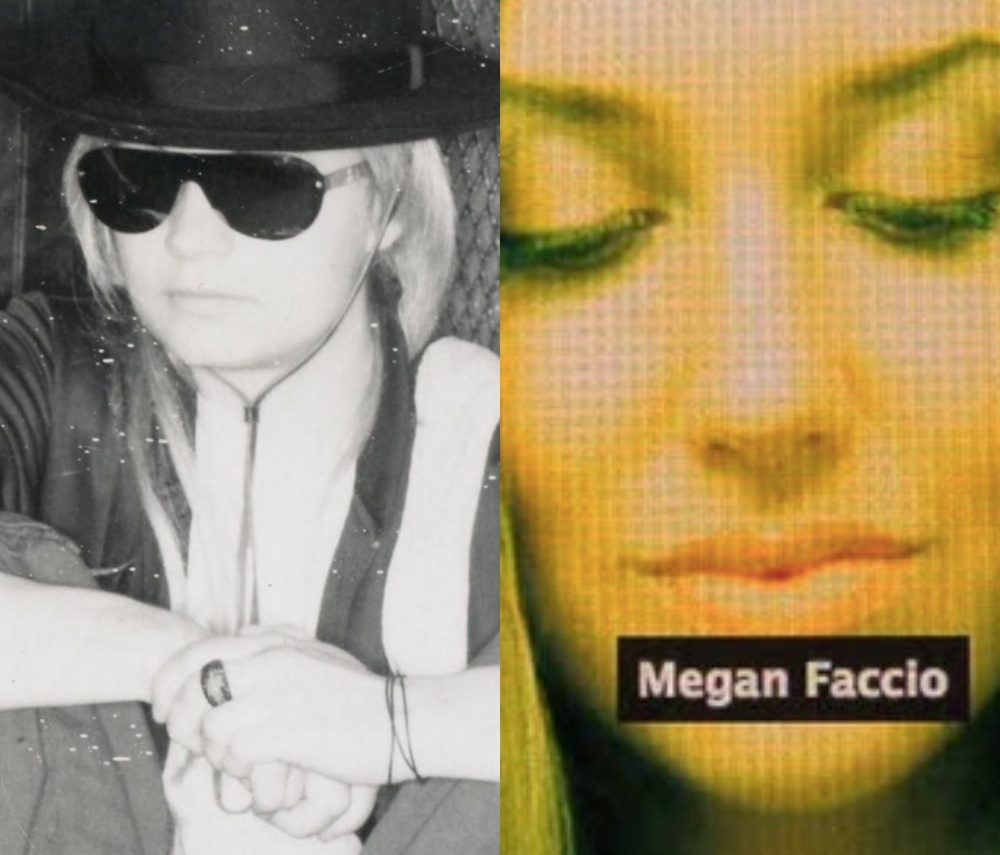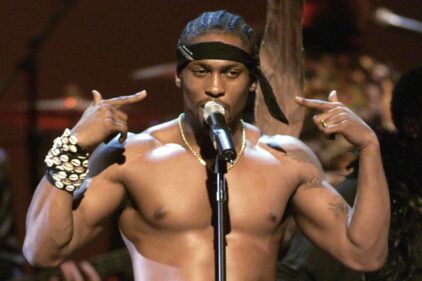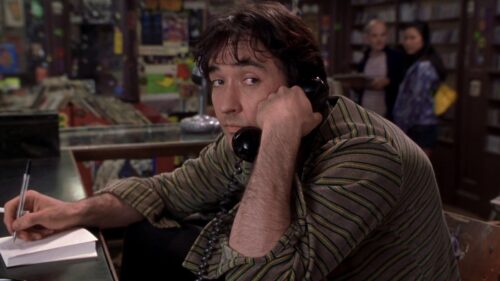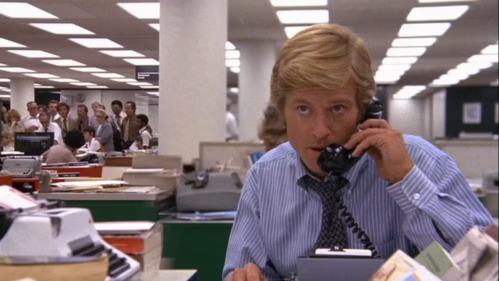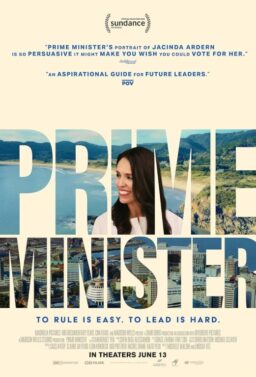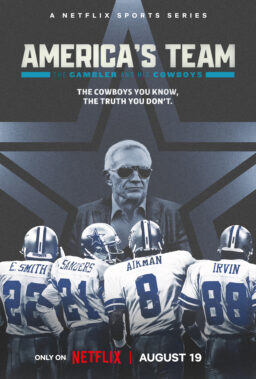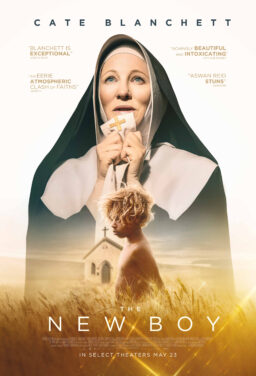The recent opening of “Author: The JT LeRoy Story” provides an unusual opportunity for audiences to examine
why the world pays such rapt attention to the young, ambitious, conventionally-attractive
artist types—even when they’re entirely fictional. Laura Albert, a then 31-year-old writer, figured this out quicker than most and turned the
“younger and sleeker is better” adage to her advantage in 1996 when she started writing through the literary pseudonym of JT LeRoy, a West Virginian gay
teenage truck-stop sex worker, drug-addict and homeless runaway. It was LeRoy,
not Albert, who published the novel Sarah
and the short-collection The Heart is
Deceitful Above All Things. At the first San Francisco reading for Sarah, we
see heartbreaking footage of Albert, decked out in a classic ‘90s velvet bucket
hat and flowery dress: the true author behind the words and yet entirely
uncredited in public for their creation.
Both Sarah and The Heart is
Deceitful became bestsellers in multiple languages and attracted A-list
celebrities to read on behalf of “camera-shy” LeRoy. Within a few years, the
former was optioned for film by Gus Van Sant, while the latter was made into a movie by Asia Argento
in 2006. But when LeRoy’s story unraveled under scrutiny from New York magazine and The New York Times, Albert went into
hiding and remained mum on her true motivations in writing for so long as
LeRoy. Until, that is, her collaboration with director Jeff Feuerzeig. With “Author,”
Albert (now fifty) has a chance to tell her interpretation of the events that
unfolded over the course of a decade and led to the “accident” (the term she
used when she confessed to Billy Corgan) of JT LeRoy.
The story of Laura Albert brings to
mind another artist and popular documentary figure, Angela Wesselman of the
2010 film “Catfish.” When we first meet the “real” Wesselman, she is a 40-year-old
housewife who gave up her artistic career a year earlier at the insistence of
her husband Vince (“I remind her, ‘What is it you want in life? Because you
can’t have it all.’”). Largely frustrated at the lack of creative outlet, she invented
an entire Facebook social group of Midwestern-based siblings, husbands, wives
and family friends, but spent most of her time socializing as the characters
Abby (an eight-year-old painting prodigy who claimed to have sold her original
oils and watercolors for upwards of $7,000) and Megan Faccio, a 19-year-old
belly-dancing, cello-and-guitar-playing employee at a Michigan veterinarian
office who also owns her own farm, complete with a goat, chickens and several
horses. “It would take a New Yorker to believe horse farms in Michigan are
cheap enough for a 19-year-old to buy,” Roger Ebert wrote in his review. He was
absolutely right.
Still, the Abby and Megan characters
won over real-life admirer Nev Schulman through flattery, Express Mail
paintings created in homage of Schulman’s ballerina still photos, and Wesselman’s
own strategically chosen/stolen pictures. It’s the many, many Facebook photos
that seem to reveal so much about how Wesselman wants to be seen by her
long-distance friend: Abby is all sparkly innocence in her blonde ponytail and
pink cowboy hat, while Megan’s wide eyes and waifish model appearance suggest a
budding sexuality. (As it turns out, Wesselman stole the photos of “Megan” from
an actual model, Aimee Gonzales.)
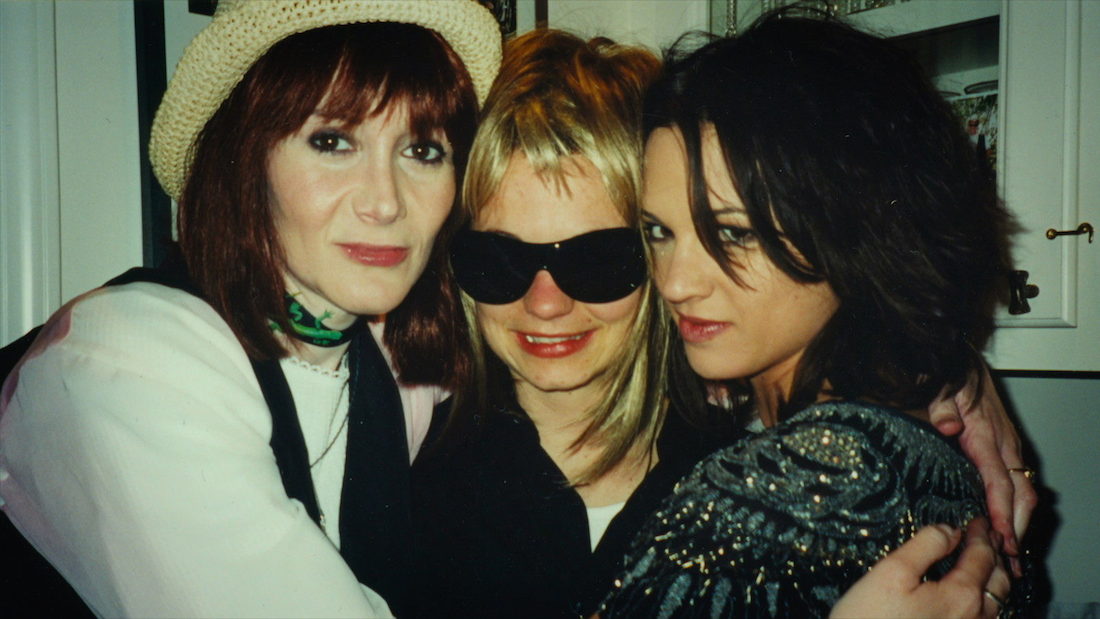
The similarities between the two
female [con] artists Albert and Wesselman are uncanny: in terms of
demographics, they’re both white, middle-aged, working-class women paired off
in long-term relationships. Both women studied multiple artistic disciplines—Albert
took writing classes at the New School in New York, wrote angry punk songs and
performed in the band Thistle, while Wesselman pursued dancing, drawing and
painting. And both women stalled in their creative careers until they pursued fake
relationships with higher-profile public figures; in Wesselman’s case, her
friendship with New York Sun
dance photographer Schulman led to interviews on “20/20” and a website to sell her original paintings and prints (her chosen nom
de plume for painting is Angela Pierce). And with Albert, her relentless phone
calls to established novelists Dennis Cooper, Bruce Benderson and Mary Karr in
the late 1990s led to a contract with agent Ira Silverberg and a backstage
conversation with Bono. Their creations of JT LeRoy/Abby/Megan required
inventing more characters to support the elaborate stories: Wesselman invented
friends for Megan who could suddenly whisk her off to rehab when Schulman came
to visit and Albert conjured up a social worker named Emily and a manager named
Speedie to keep the illusion of JT going.
None of this mind-blowing fame or
success would have been possible if these two women shilled their work out as
their real selves. Yet both women also insisted that their fictional personas
were never meant to be seen as a manipulative con.
“I’m not a hoax,” Albert insists at
the end of “Author.” “I’d like to be a myth. My books are not a hoax, they’re
real … I am pulling the switch. I am making the decision to go to a different
rail.”
For Wesselman, the distinction
between herself and the made-up Faccios is a bit blurry. During a
horseback-riding lesson in “Catfish” for the real-life Abby (who isn’t very
interested in painting and expresses confusion when asked about her estranged
half-sister Megan), Schulman gently confronts Wesselman with the truth as she
leans into a fencepost, blocking her face with an American Girl doll perched
nearby as she blushes into the arm crook of her faded yellow cardigan. Schulman
grills her on all the details of her year-long fraud and she finally confesses
to making it all up. “I’m so embarrassed,” she says, even as Schulman tries to
console her by saying she’s got “a really great imagination.”

Near the end of “Catfish,” the
tables turn in Wesselman’s favor as she sketches Schulman for a pastel painting.
The act of drawing the man who’s asked her so many pressing and personal
questions puts her back in control; she compliments his “changing eyes” and “nice
teeth”—and now it’s his turn to pull his body inward, his movement graceless. She
starts to open up about her motivations for making up these fake Faccios: “A
lot of the personalities that came out were just fragments of myself. Fragments
of things I used to be. Wanted to be. Never could be.” A lifetime of pent-up
regret at all that she’s given up crosses over her face. She cries a little,
the glint of her wedding ring flashing before the camera.
Of course, once the rouse was up for
both Albert and Wesselman, the public couldn’t get enough of their artistic output.
In one of “Author”’s funniest scenes, Courtney Love calls Albert to discuss the
possibility of a redemption book that would eventually appear on “Oprah.” In
the middle of their conversation, Love says she has “a really small line of
coke” laid out in front of her, then asks if it’s okay with Albert if she takes
it during their call. After Albert agrees, we then hear Love’s garish snorting
of the cocaine before she exclaims, “Let’s write this book together!” In this
stunning reversal of the film’s order, an established star globs onto a lesser
celebrity in the hopes of finding that ever-elusive magic of infamy.
With “Author” and “Catfish,” we have
two unique character studies that show how ambition can curdle when left
untended—and how that same ambition can also transform into new possibilities
when channeled in youthful, wholly new bodies. For some, the movies may appear
as morality tales, intended to chide the creators of elaborate hoaxes. But when
women as young as 31 find themselves wondering if they are too old to
successfully pursue their dreams, these films present how far a couple of unknowns
with vision and audacity are willing to go to have their voices heard.
